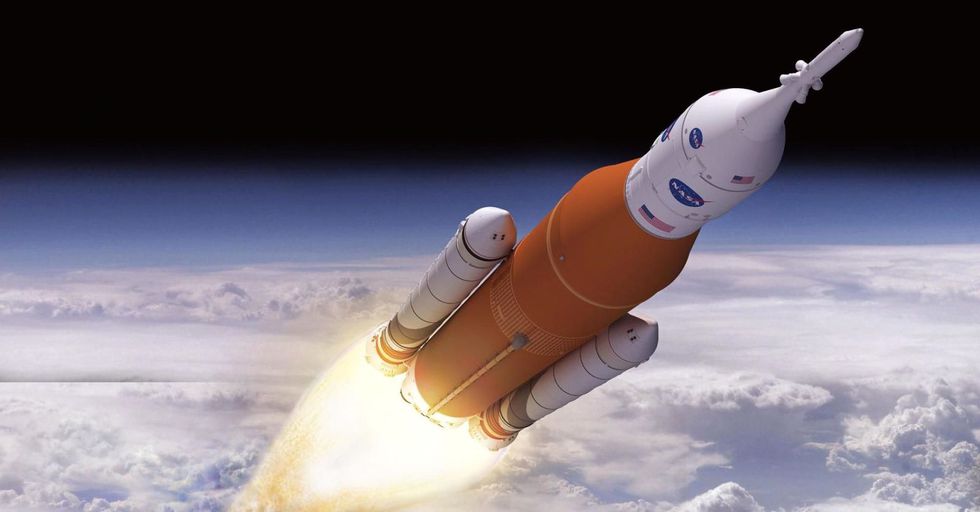NASA is now aiming to land on Venus. The US space agency has announced two new missions to the planet. Venus is Earth’s closest neighbor. It is the hottest planet in the solar system even though it is not closest to the Sun. The planet’s thick atmosphere makes it warm. Its atmosphere is full of carbon dioxide and sulfuric acid clouds. NASA believes that Venus is the most overlooked neighbor. After decades of exploring other planets, the agency will send two robotic missions to Venus. NASA administrator Bill Nelson said that the two sister missions will explore Venus and understand how it became an inferno-like world. The planet is capable of melting lead due to the extreme heat its atmosphere absorbs.
The first mission will be named DaVinci Plus. It will study the planet’s thick and cloudy atmosphere. Its objective will be to determine if Venus ever had an ocean. It will give an insight to scientists to know if Venus was habitable. NASA said that a small craft will plunge through the planet’s thick atmosphere. Its instrument will measure the gases. The second mission will be called Veritas. It will map the rocky surface of Venus to help understand the geologic history. Each mission will be launched sometime around 2028. The agency will get USD 500 million in funding to advance the project under the Discovery program of NASA.
This will not be the first mission to Venus by the US. The country had sent the first mission to the planet in 1978. The project — Pioneer Venus, involved two spacecraft. They were — Pioneer Venus Orbiter and the Pioneer Venus Multiprobe. The orbiter entered Venus’ orbit to observe its atmosphere and surface. It transmitted data back home till 1992. The Multiprobe involved four small probes. All the probes sent back data throughout their descent to Venus’ surface. According to NASA’s claim, one probe had survived the landing. It even transmitted data from the surface. But the communication was lost after an hour of the splashdown. Besides the US, the former Soviet Union and the European Space Agency have also sent spacecraft around Venus.
